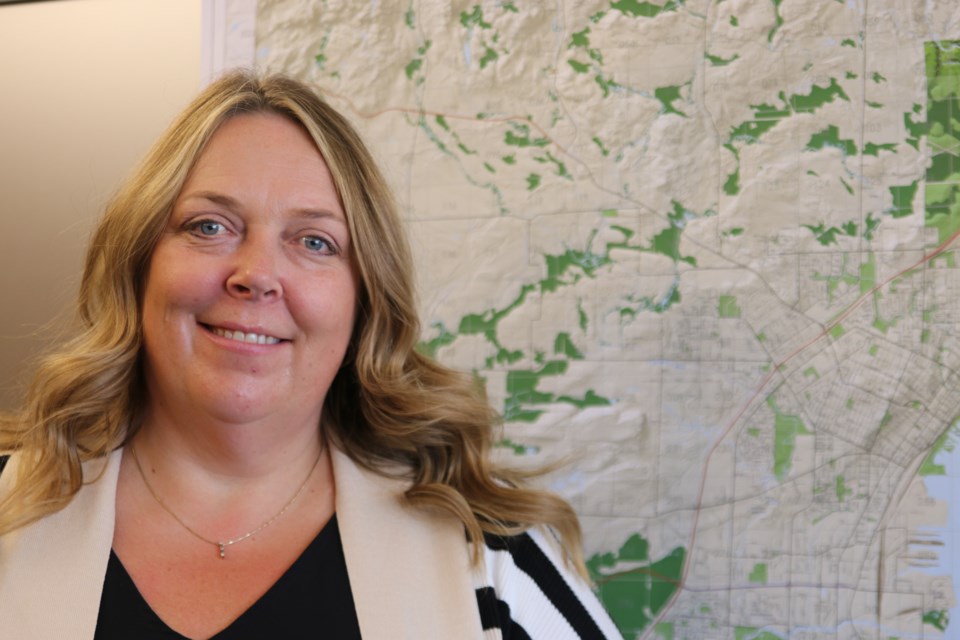THUNDER BAY — The Lakehead Region Conservation Authority (LRCA) has received about $651,500 to assess flood risk along a 200 kilometre stretch of Lake Superior shoreline.
Tammy Cook, the chief administrative officer for the LRCA, said the Conservation Ontario-partnered project will cost around $883,000, with 75 per cent covered by Natural Resources Canada and the rest coming from the conservation authority.
“A major part of the plan will be assessing current and future risks, natural hazard risks on the Lake Superior shoreline from the municipality of Neebing into the city, Shuniah and Dorian,” said Cook.
“So along our area of jurisdiction, which is about 200 kilometres, we’ll be looking at assessing the current flood risk, the 100-year flood elevation on Lake Superior, wave uprush and assessing the erosion risk.”
The Adapting to Coastal Hazards Across the Great Lakes project splits $3.1 million between three pilot areas around the Great Lakes to co-develop regional coastal resilience plans and innovative actions to speed up climate change adaptation to extreme weather events over four years.
As one of three receiving funding, the LRCA has a Lakehead Coastal Resilience Management Plan underway that will lead into 2027 as part of its Lake Superior Pilot Project.
“Our job is really to direct development away from natural hazards. So, in the times of peril, basically, people don’t have to be economically or physically rescued when those natural hazards occur,” said Cook.
She said it would use these assessments when implementing Ontario Regulation 41/24 for people wanting to develop in their regulated area.
The LRCA noted the Lakehead Watershed has experienced extreme rain events and snowpack over recent years.
“I think specifically on the Lake Superior shoreline, we have seen all-time record highs and all-time record lows (in water levels) in recent years,” said Cook.
“So in the mid-80s, 2019 and 2020, we experienced all-time record highs on Lake Superior and in 2007, we experienced all-time lows. So, this study will look at those extremes and take those into consideration when we’re conducting the study.”
Cook explained that the plan would look at future climate change risks, including what those natural hazards will look like based on current modelling that a consultant will conduct.
“This project is important because we want to have accurate information when we’re directing future development,” said Cook.
“We want to make sure that future developments (are) directed outside of natural hazards and also will help us assess what current infrastructure is at risk with current flooding risks, for instance, with the current natural hazards that are on Lake Superior today.”
The LRCA will be reaching out to partner agencies and communities in the region to participate in a steering committee.
“Part of the committee will be understanding what the project entails and how they can take it back to the municipalities, for instance, and use this information when they make future decisions about planning and where they’re going to direct their development in their municipalities,” said Cook.
“So we will be looking at short- and long-term actions that can be implemented to help provide resiliency in relation to climate change as well.”
She said it’s really a proactive approach to directing new development away from natural hazard areas, identifying current at-risk infrastructure and planning for the municipalities into the future.
The project will work towards meeting the strategic directions outlined in the City of Thunder Bay’s 2015 Climate Adaption Strategy.
